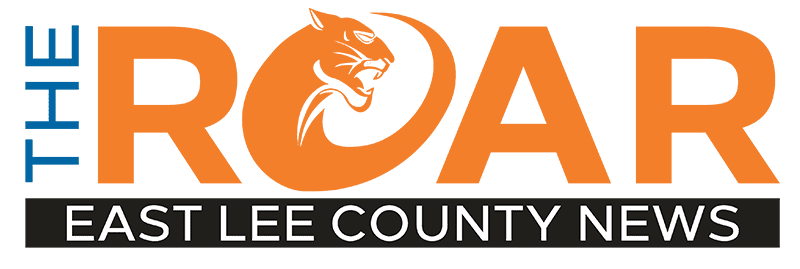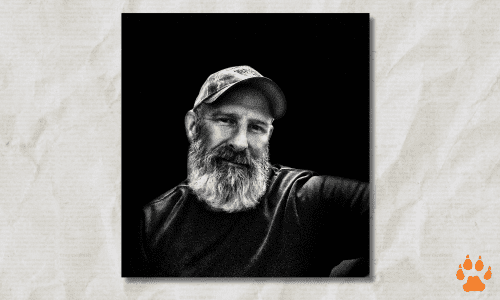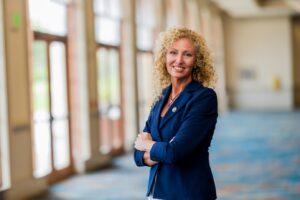By: James Kennedy, Alva Library Association Trustee
Several months ago, I began writing about how rural communities like Alva, Buckingham, and the eastern edge of Lee County might preserve the identity that makes them different from everywhere else. Those articles, as well as trips to the Arts of the Inland Gallery and the Okeechobee Main Street Gallery, ultimately led to something deeper and more lasting: my introduction to the artists quietly preserving Florida’s Cracker Cowboy culture through their work. Understanding our cowboy and cattle history can help ensure we carry on the traditions that have made Florida strong, fearless, and successful.
Florida has one of the longest continuous cattle traditions in North America, stretching back more than five centuries. Long before theme parks and subdivisions, this land was shaped by saddle leather, seasonal cattle drives, and the quiet, disciplined routines of ranch life. That world now survives most visibly through the hands of its artists.
Across Florida, a gifted group of painters, photographers, poets, sculptors, and storytellers has taken on an unexpected role: cultural historians of the Cracker Cowboy.
They are not inventing scenes. They are documenting real working landscapes and honest working people: horses moving through morning fog, hands repairing tack, cattle drifting through palmetto and wiregrass, weathered fence lines, quiet moments of prayer, and silhouettes of riders heading home at dusk.
Some of these artists were born directly into Florida ranch culture. Others found their way to it later in life. What unites them is not origin, but respect.
Photographers Adam Rountree and John Brady, and impressionist painter Brendan Fisk, did not grow up as Florida cattlemen. However, their work reflects a deep humility toward the Florida landscape and the people who carry on our cattlemen’s traditions. They approach the Cracker Cowboy world with care, earning trust through time rather than intrusion. Their images and paintings do not exploit this culture. Instead, they listen closely and observe carefully. They capture silence, dignity, and the pride of work done well, along with the quiet beauty of Old Florida. As trusted guests, they work to preserve the land and the stories of those who work and care for it.
Alongside them are deeply Florida-rooted voices. Hobby Campbell’s work carries the weight of lived ranch experience. Joe Johnson’s pencil sketches carry the stories of his life in every line — raw, powerful memories of the cattle and their keepers. Sean Sexton’s paintings and words rise from within the culture. Eldon Lux, Nebraska-born but Florida-rooted, has immersed himself so entirely in this world that his scenes feel less observed than remembered.
What these artists are creating is more than art. It is visual history.
A photograph can preserve the way morning light touches a bridle. A single brushstroke can hold tension, movement, and stillness all at once. A poem can carry the dust, sweat, leather, and prayer that defined a long, grueling Florida day.
Over the coming months, this series will introduce these artists and others whose work now stands as one of the most honest archives of Florida’s Cracker Cowboy culture — not frozen in time, but alive in every image, line, and frame.
The art and poetry of the Cracker Cowboy artists are not nostalgia or fantasy; they are documentation. In many ways, they stand among the most truthful records we may leave behind.








